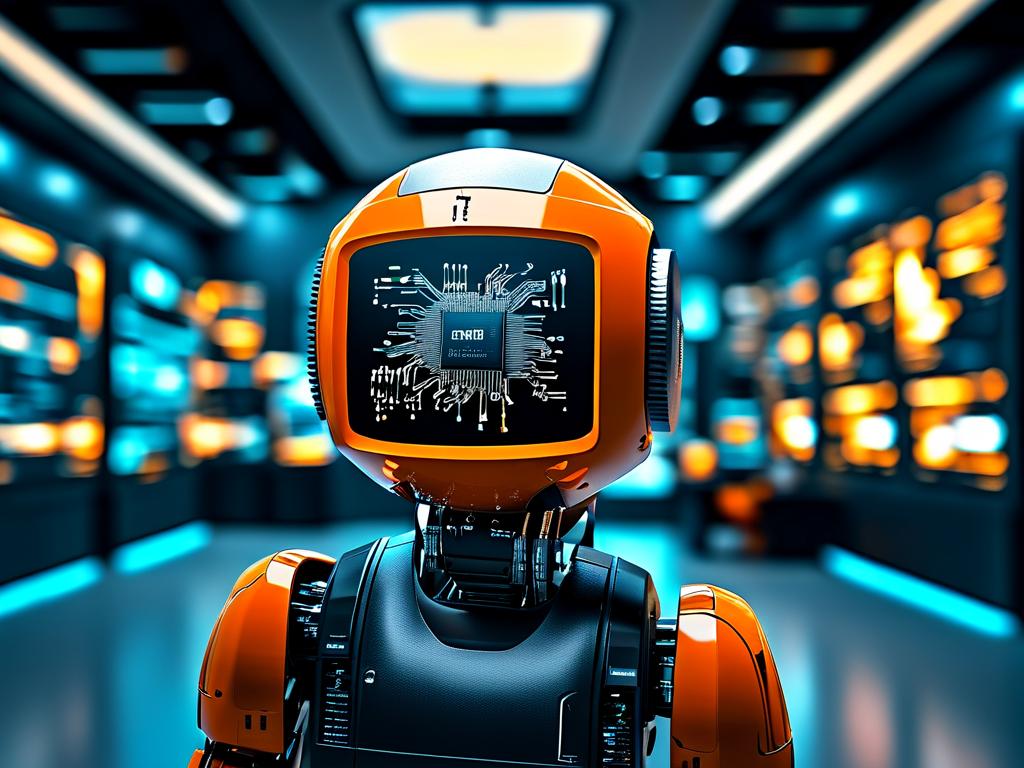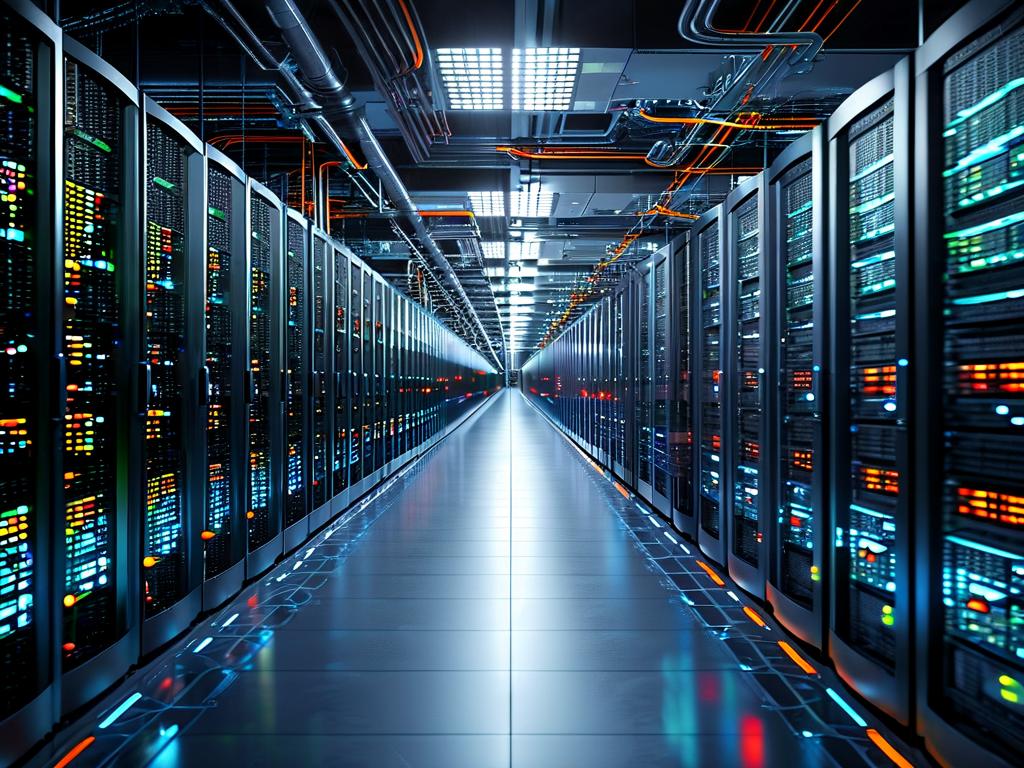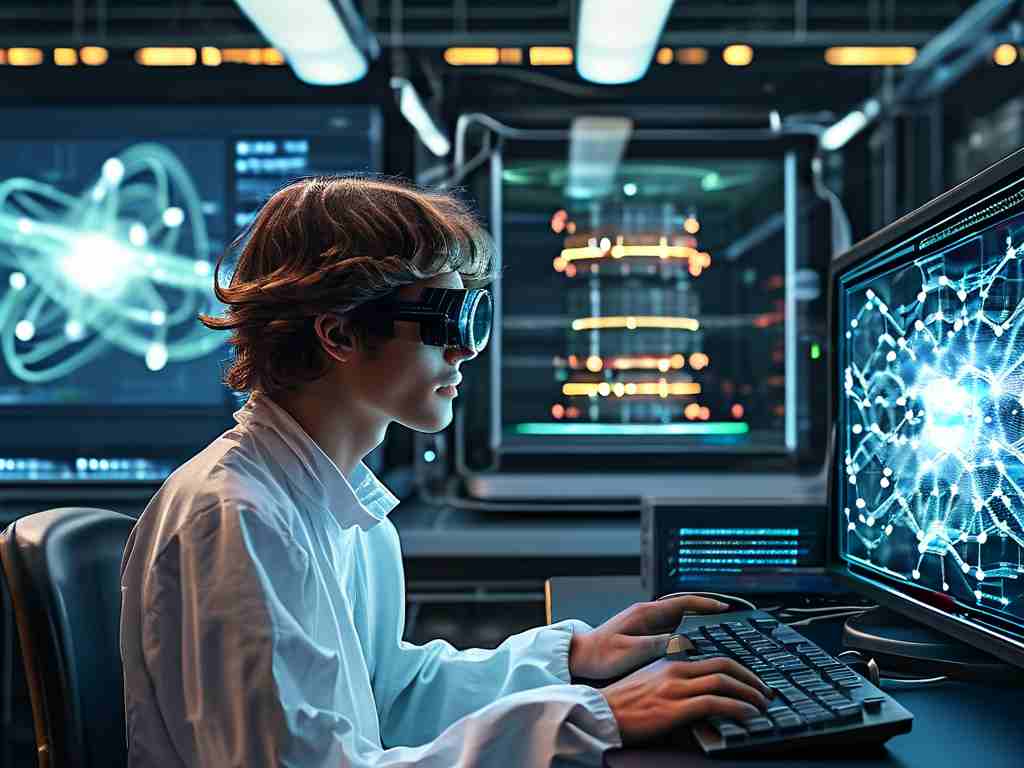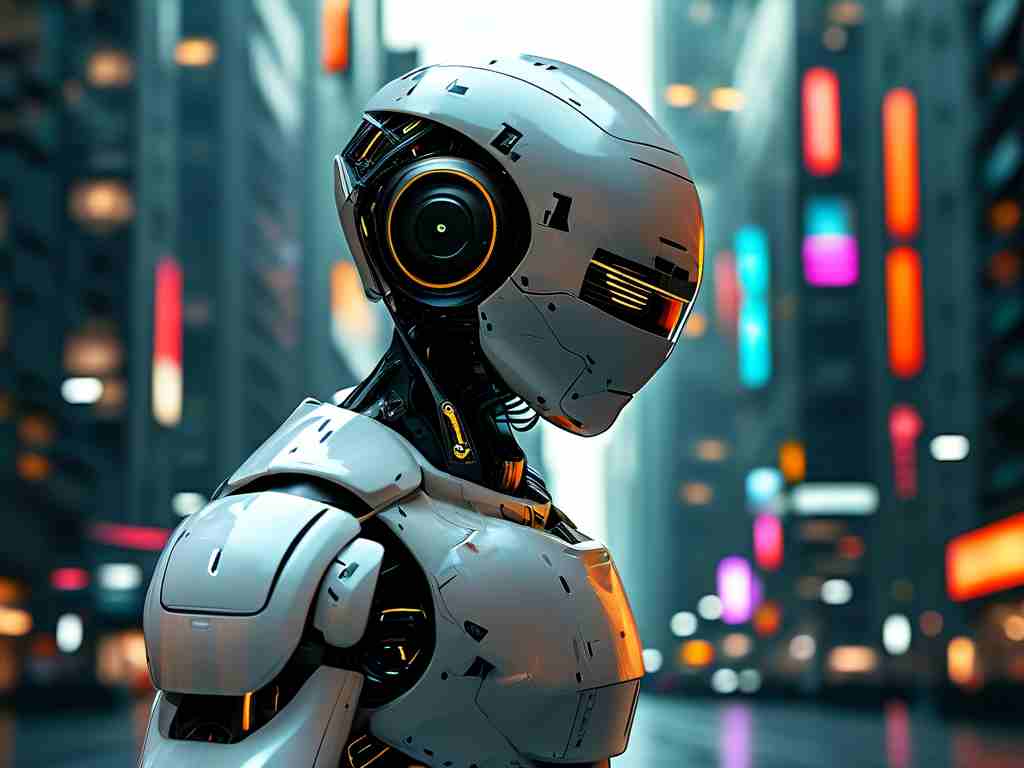The robotics industry has emerged as one of the most transformative sectors of the 21st century, reshaping manufacturing, healthcare, logistics, and even daily human interactions. This article delves into the current landscape of robotics technology, examining key trends, market growth, challenges, and future prospects.

Market Expansion and Economic Impact
Globally, the robotics market is projected to reach $214 billion by 2030, growing at a compound annual rate of 14.3% since 2023. Industrial robots dominate this growth, driven by automation demands in automotive, electronics, and e-commerce sectors. Companies like ABB, Fanuc, and Boston Dynamics are leading innovations in collaborative robots (cobots), which work alongside humans to enhance productivity. Meanwhile, service robots-ranging from surgical assistants to delivery drones-are gaining traction, with healthcare robotics alone expected to surpass $20 billion by 2025.
The economic impact extends beyond revenue. A 2024 World Economic Forum report estimates that robotics could contribute $4.5 trillion annually to global GDP by 2030 through efficiency gains. However, this growth is uneven. While China, Japan, and the U.S. account for 70% of industrial robot installations, developing nations face adoption barriers due to high costs and skill gaps.
Technological Breakthroughs
Recent advancements are redefining possibilities. Artificial intelligence (AI) integration has enabled robots to perform complex tasks with minimal human intervention. For instance, OpenAI's robotic systems now execute precision-based lab experiments autonomously. Computer vision improvements allow agricultural robots to identify crop diseases with 98% accuracy, revolutionizing farming practices.
Soft robotics-a subfield focusing on flexible, adaptable materials-is another frontier. Researchers at Harvard's Wyss Institute have developed octopus-inspired grippers capable of handling fragile objects, opening doors for applications in food processing and elderly care. Additionally, swarm robotics, where multiple robots collaborate like insect colonies, is being tested for disaster response and environmental monitoring.
Industry Challenges
Despite progress, significant hurdles persist. Technical limitations such as energy efficiency remain critical. Most mobile robots rely on lithium-ion batteries requiring frequent recharging, limiting operational continuity. Moreover, AI-driven robots face ethical dilemmas, such as bias in decision-making algorithms. A 2023 MIT study revealed that warehouse robots programmed to optimize speed often inadvertently ignored safety protocols, raising concerns about accountability.
Regulatory frameworks lag behind innovation. The absence of global standards for robot safety and data privacy complicates cross-border deployments. For example, the EU's proposed Artificial Intelligence Act classifies high-risk robotics but lacks clarity on enforcement. Labor displacement is another contentious issue: the International Federation of Robotics estimates that 20 million manufacturing jobs could be automated by 2030, necessitating reskilling initiatives.
Sector-Specific Applications
- Healthcare: Surgical robots like Intuitive Surgical's da Vinci system now perform over 1 million procedures annually. Post-pandemic, disinfectant robots and telepresence devices have become hospital staples.
- Agriculture: Autonomous tractors and harvesters address labor shortages. John Deere's fully autonomous tractor, launched in 2023, uses AI to optimize planting patterns.
- Logistics: Amazon's Proteus and Cardinal robots are redesigning warehouse operations, reducing order processing times by 40%.
Future Outlook
The next decade will likely see robotics permeate consumer markets. Personal companion robots, such as Samsung's Ballie, aim to assist with household tasks, while educational robots like Moxie teach children coding basics. The fusion of 5G and edge computing will enhance real-time robot-to-robot communication, enabling smarter smart cities.
However, industry stakeholders must prioritize ethical AI development and public-private partnerships to address skill gaps. Governments are also urged to invest in STEM education and subsidize SME robotics adoption.
In , the robotics industry stands at a pivotal juncture. While innovation accelerates, balancing technological ambition with societal needs will determine its sustainable growth. As machines grow smarter, the human role shifts from operator to collaborator-ushering in an era where man and machine coexist to solve humanity's greatest challenges.









